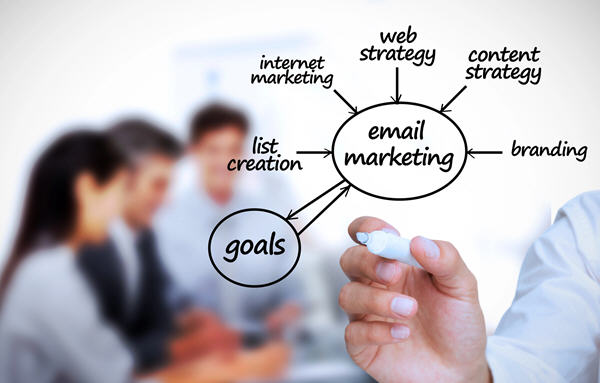In the age of social media and instant messaging, many businesses wonder if email marketing is still a viable strategy. Where trends come and go, email marketing has proven to be a resilient and effective strategy. Despite the emergence of new platforms and technologies, email marketing remains a cornerstone for businesses looking to connect with their audience. Email remains one of the most effective marketing channels, with a high ROI and the ability to reach a targeted audience directly.
Why Email Marketing is Still Relevant:
A few statistics:
Over 4 billion people use email globally, making it an incredibly vast and accessible audience.
Email usage is over 90% of people in all age ranges.
More than half of us even check our email before doing anything else online (even social media!).
4 key factors:
Engagement:
Email boasts higher engagement rates than social media, with open rates averaging around 20%. This means your message is more likely to be seen and acted upon.
Targeting:
Email marketing allows for precise targeting based on demographics, interests, and behaviour. This ensures your message reaches the right people at the right time.
Measurable results:
You can track virtually every aspect of an email campaign, from open rates to click-throughs and conversions. This data allows you to refine your strategy and maximise your results.
Cost-effective:
Compared to other marketing channels, email marketing is relatively inexpensive. Even small businesses can achieve significant results with a well-crafted email campaign.
Tips for Creating a Successful Email Marketing Campaign:
Define your goals:
What do you want to achieve with your email campaign? Increase brand awareness, drive sales, generate leads, or something else? Having clear goals will help you tailor your content and messaging.
Having or building a Quality Email List:
Focus on quality over quantity. Grow your list organically with opt-in forms on your website and social media.
Segment your email list based on demographics, preferences, or behaviour to send targeted content.
Create Compelling Content:
Write attention-grabbing subject lines to increase open rates.
Provide valuable and relevant content to keep your audience engaged.
Use a mix of text, images, and multimedia to create visually appealing emails.
Focus on value:
Provide valuable content that educates, entertains, or inspires your audience. Probably one of the biggest mistakes businesses make is to push out far too many ‘sales’ emails. Don’t just sell; build relationships and trust.
Personalisation:
Personalise your emails by addressing recipients by their names.
Utilise dynamic content and personalised recommendations based on past interactions or purchases.
Clear Call-to-Action (CTA):
Clearly define the action you want recipients to take.
Use compelling and action-oriented language in your CTAs.
Place CTAs strategically within the email, making them easily accessible.
Track and analyse your results:
Monitor your email campaign performance and make adjustments as needed. A/B testing different subject lines, content, and calls to action can help you optimise your results.
Compliance with Regulations:
Stay compliant with data protection regulations, such as GDPR, to build trust with your audience.
Include a clear and easy-to-find unsubscribe option to respect user preferences.
Final key thoughts.
Following the above advice is a good start, but a key point to finish with is that no matter how well you perform the above activities, it will all be wasted if no one opens your email.
When an email arrives in an inbox it has to compete for attention amongst a large number of other emails. You need your email to stand out to stop it from becoming a victim of the ‘mailbox purge’ where your message could be deleted forever. There are 3 key pieces of information shown within your inbox, which gives you 3 opportunities to make an impact. These are often overlooked but are very important.
- The most important is your subject line. This needs some thought, but get it right and you will see a big increase in your open rates. If you can make your reader curious, highlight the benefits of what you are offering, or build credibility by including factual information, you are on your way to a successful email campaign.
- The second factor is the ‘preview’ content. This is shown in your inbox after the subject line and is the first few sentences of your email content. This part could be the difference in getting your email opened. It should complement the main subject line and as such reinforce the message and further compel the reader to click and read the email.
- The third factor is the ‘From’ field. This obviously states who the email is from but it is often an afterthought and it should make it clear who it is from as people are far less likely to open an email from someone they don’t know or recognise. You could use your full name or your company name, but often a good idea is to use something like ‘first name’ from ‘company name’. This keeps it personal but also reminds the reader where it is coming from.
If you are not sure where to start or would like help to energise an email marketing campaign, please get in touch for a free consultation.


